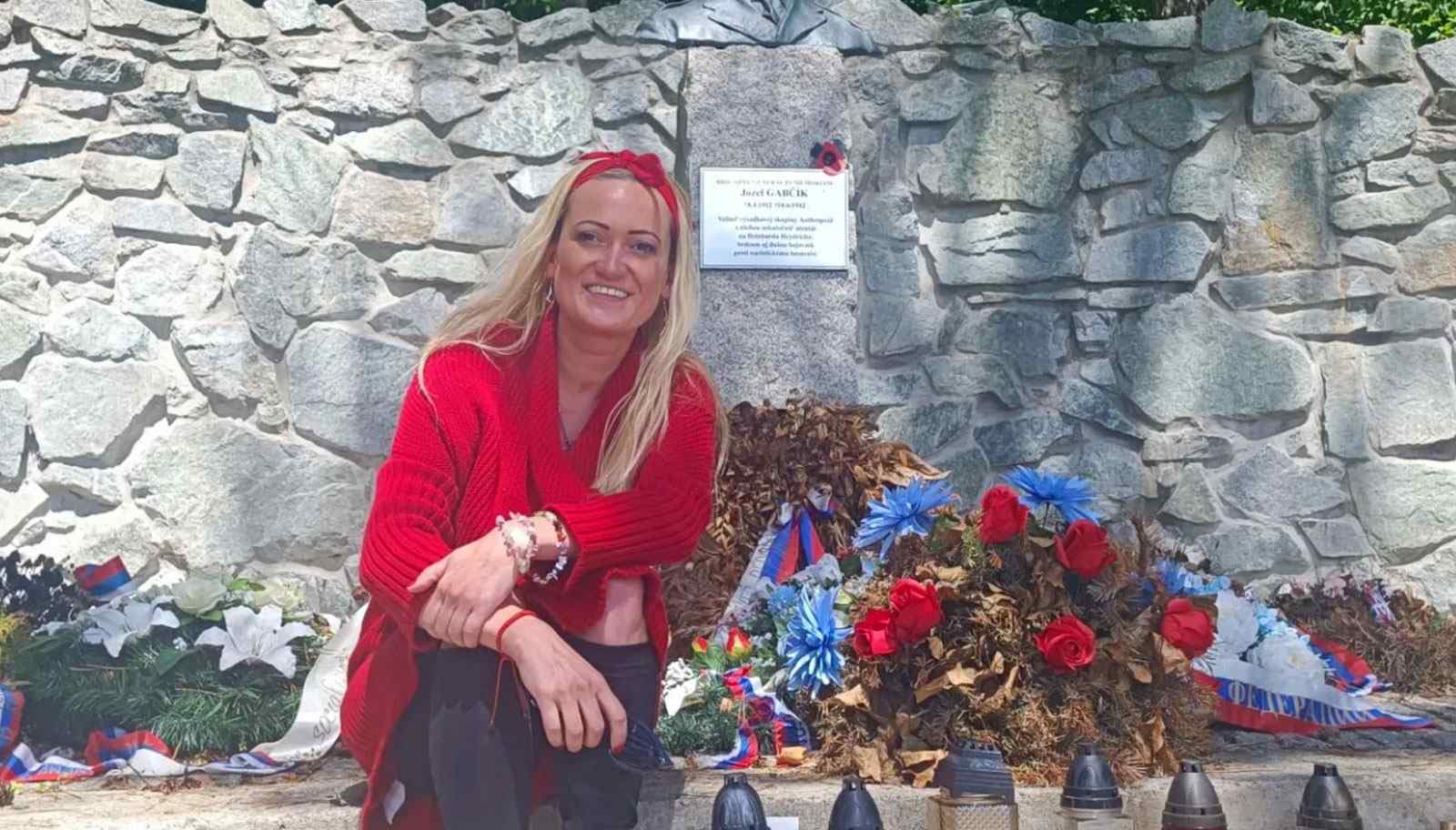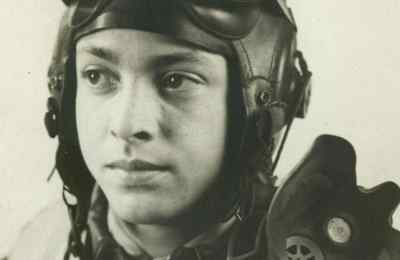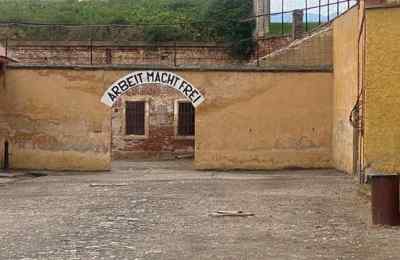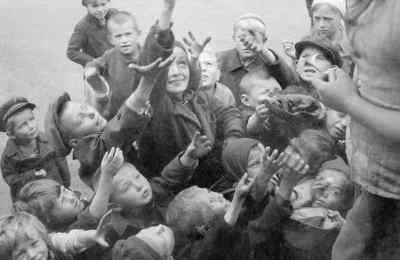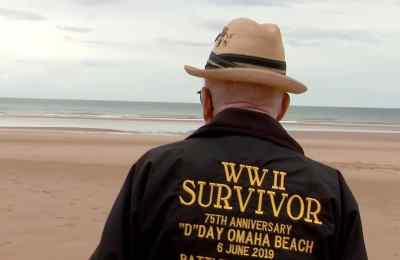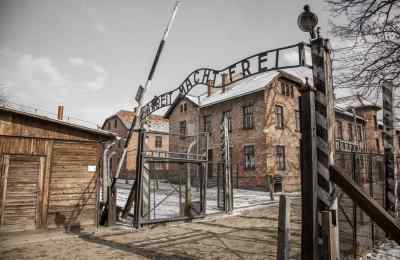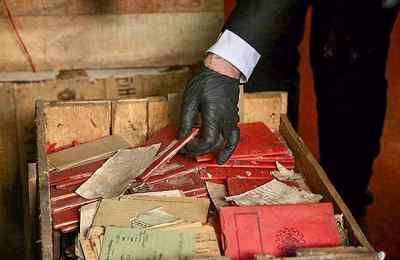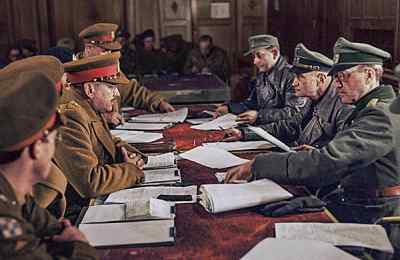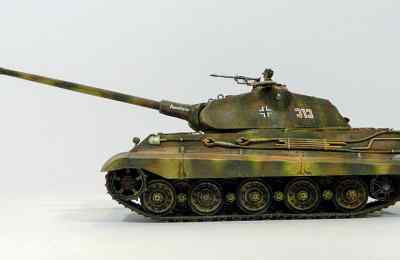Walking in the Shadows of Operation Anthropoid
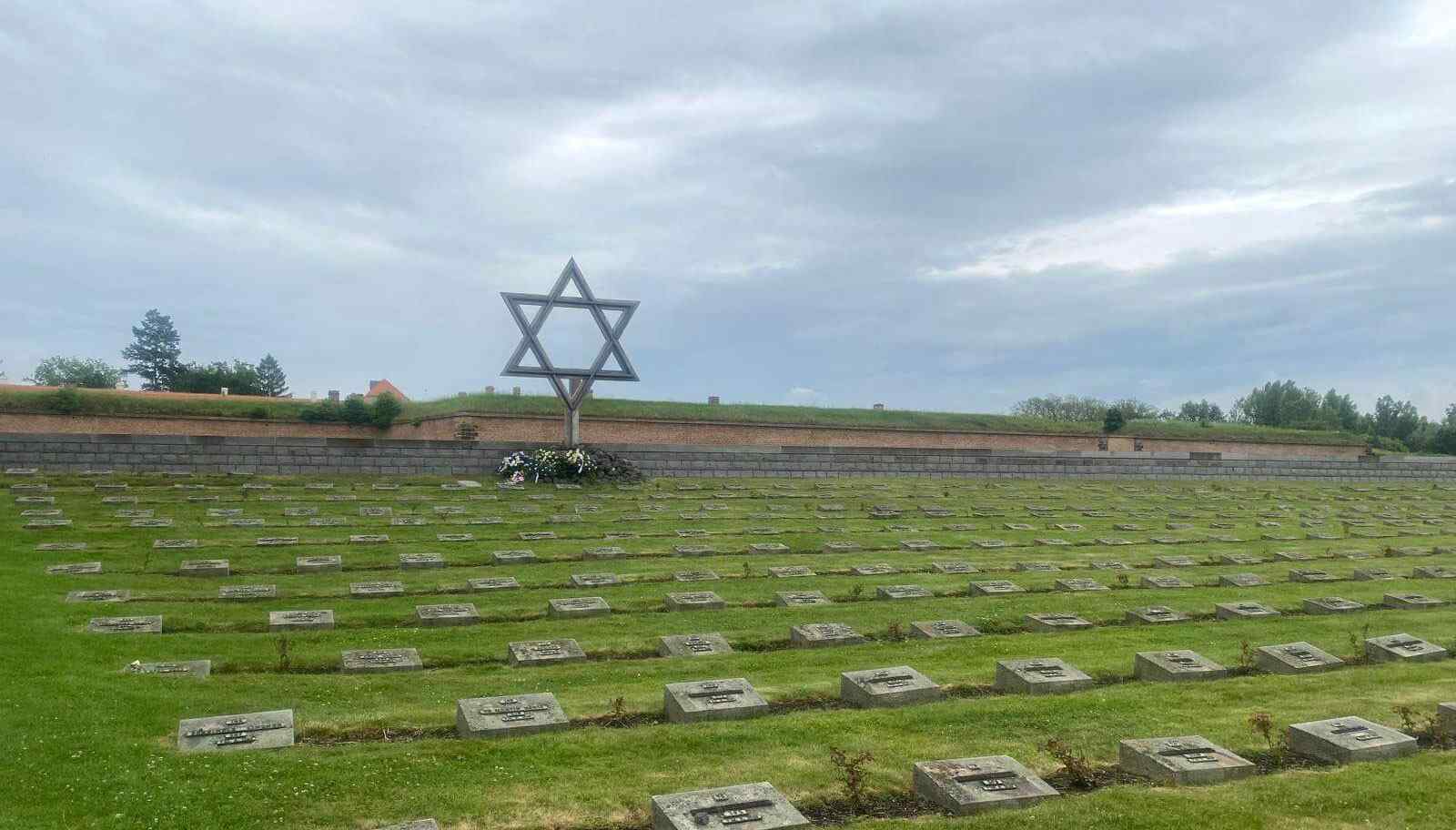
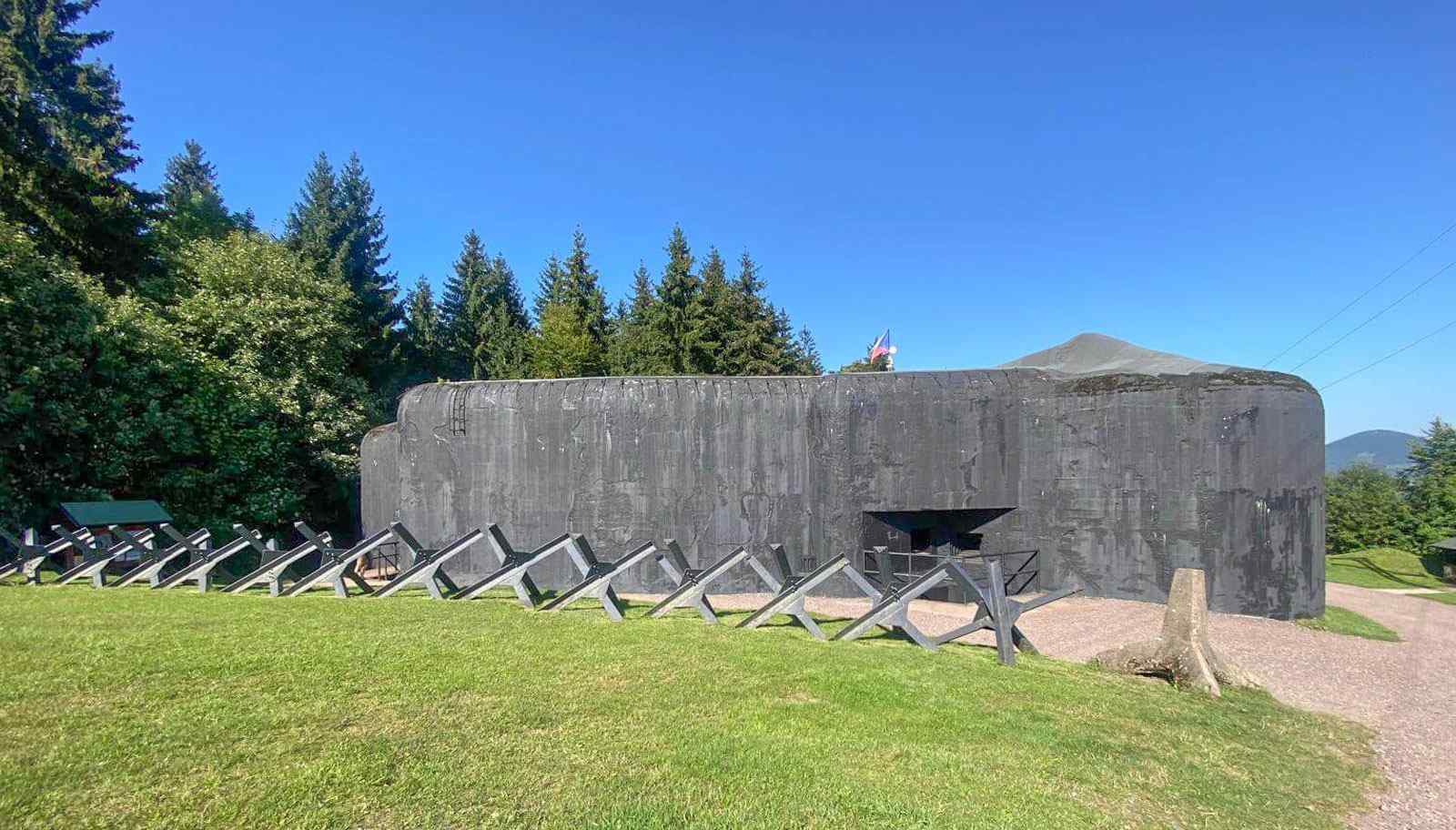

In the spring of 1942, two young Czechoslovak parachutists, Jozef Gabčík and Jan Kubiš, jumped into Nazi-occupied Bohemia. Their mission, codenamed Operation Anthropoid, was to assassinate Reinhard Heydrich, one of Hitler’s most ruthless lieutenants and the acting Reichsprotektor of Bohemia and Moravia. It was a daring strike at the very heart of Nazi power in Europe and its consequences would echo tragically through villages like Lidice and Ležáky.
For those who want to follow this remarkable story on the very ground where it unfolded, Operation Anthropoid Tours.com, led by historian and guide Martina Gregorcová, a licensed official guide of Prague since 2007, offers an experience unlike a typical sightseeing tour. It is not simply about visiting landmarks; it is about retracing footsteps, entering spaces of memory and uncovering the layers of courage, sacrifice and reprisal that defined this chapter of the war.
A journey through history
Martina guides visitors through Prague, beginning at the curve in the road where Heydrich’s car was ambushed in May 1942. Standing there, one begins to grasp the audacity of Gabčík and Kubiš, two men armed with little more than determination and hope. From there, the story unfolds across memorials, execution grounds and cemeteries where resistance fighters and innocent civilians met their fate.
At the Church of St. Cyril and Methodius, the crypt where the paratroopers made their last stand comes alive through Martina’s narrative. She connects the surviving architecture, the bullet-scarred walls, the suffocating underground chamber, to the final moments of the resistance fighters. Her storytelling transforms stone and silence into living testimony.
Beyond Prague
Martina’s tours extend into the wider landscape of Czech wartime history. At Lidice, the village annihilated in Nazi retaliation, visitors walk through fields where homes once stood. The bronze memorial to Lidice’s children and the carefully tended rose garden make the absence tangible. Through Martina’s guidance, Lidice becomes more than a place, it becomes a symbol of collective memory.
Other itineraries follow missions such as Operation Silver A, explore Terezín, or examine the pre-war Czech border fortifications. Each stop is carefully contextualized, not just as an isolated event, but as part of the broader European struggle against Nazism.
The Martina Gregorcová difference
What makes these tours exceptional is Martina herself. With a background in history and a passion for storytelling, she combines scholarship with empathy. She does not simply recount dates and names; she weaves together the human stories of resistance and survival. Her ability to connect past and present ensures that visitors leave not only informed, but deeply moved.
A living memorial
These tours are more than excursions; they are acts of remembrance. Every location, whether a crypt, a memorial, or a village, reminds us that history is lived, suffered and remembered by people. Through Martina’s guidance, visitors are invited to bear witness, to stand where heroes stood and to carry their story forward.

